
В то время как некоторые страны овладели искусством спокойствия, другие, похоже, записались на мастер-класс по хаосу.
Глобальный индекс мира 2025 показывает, какие страны больше всего борются за поддержание стабильности, доказывая, что мир — это не просто роскошь, это, по-видимому, редкий товар в современном мире. Эти 10 стран представляют собой обратную сторону безмятежности, где конфликт стал нормой, а не исключением.
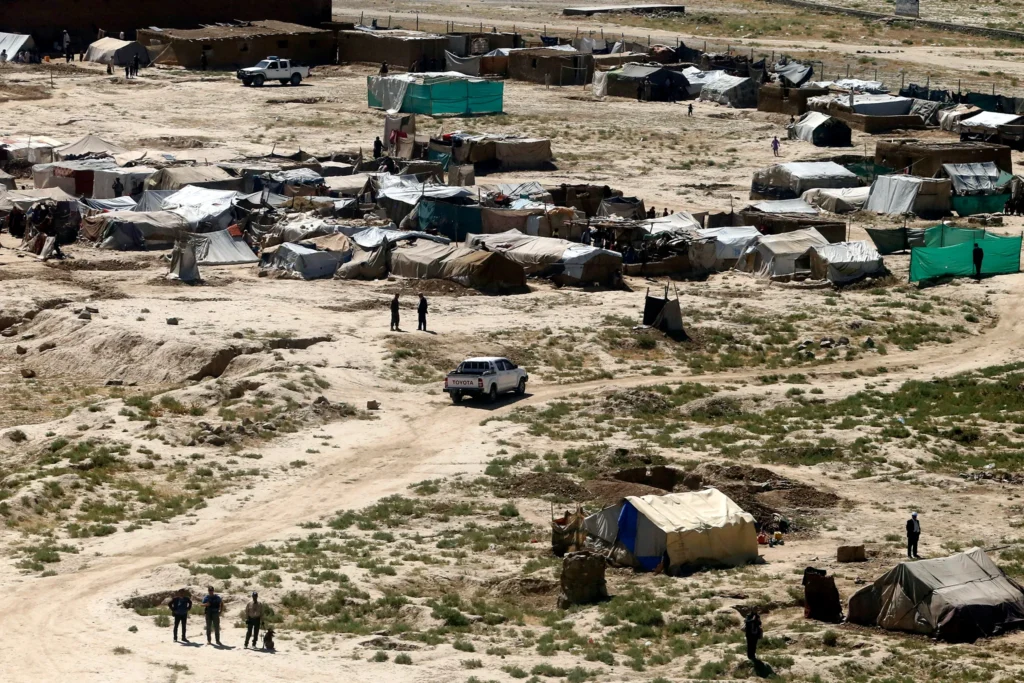 Лагерь ВПЛ в Афганистане; Фото ООН
Лагерь ВПЛ в Афганистане; Фото ООНПонимание шкалы GPI
Глобальный индекс мира измеряет миролюбие 23 показателя В 3 доменах:
- Социальная безопасность
- Продолжающиеся конфликты
- милитаризация
Более высокие оценки указывают на большую нестабильность, что делает эти рейтинги отрезвляющим напоминанием о глобальных проблемах.
Разрыв между самыми и наименее мирными странами продолжает увеличиваться. «Мирное неравенство» рост на 11,7% за последние два десятилетия.
Наименее мирные страны в 2025 году
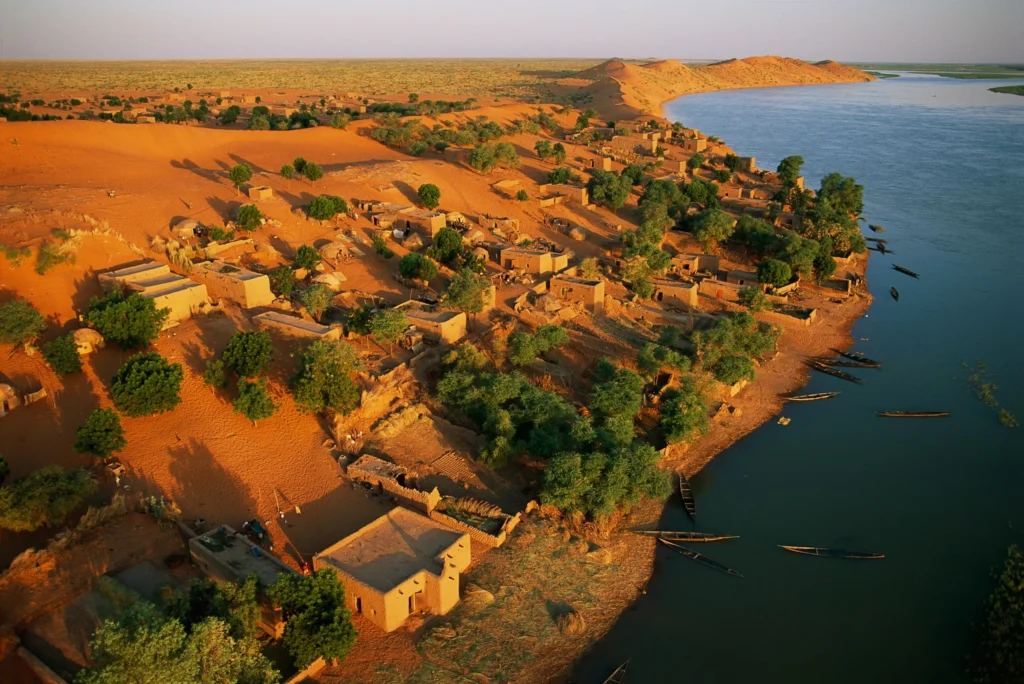 Река Нигер, Мали; Фото: National Geographic
Река Нигер, Мали; Фото: National Geographic10. Mali (GPI Score: 3.061)
Мали занимает десятое место среди наименее мирных стран мира, отражая глубокие проблемы, стоящие перед этой западноафриканской страной.
Страна пережила значительную политическую нестабильность с 2012 года, когда военный переворот нарушил ее демократическое управление и открыл двери для различных вооруженных групп.
Положение в области безопасности в Мали остается неустойчивым, несмотря на международное вмешательство.
The Многопрофильная комплексная миссия Организации Объединенных Наций по стабилизации в Мали (МИНУСМА) Перед его выводом в 2023 году он столкнулся с постоянными атаками, что подчеркивает серьезность проблем безопасности.
Нестабильность в Мали обусловлена множеством факторов: слабыми структурами управления, этнической напряженностью между различными группами, экономической маргинализацией северных регионов и распространением вооруженных групп.
Огромные пустынные территории страны затрудняют центральное правительство для поддержания контроля, в то время как маршруты незаконного оборота наркотиков через Сахель обеспечивают финансирование организаций боевиков.
9. Израиль (оценка GPI: 3.108)
 Фото: PYOK
Фото: PYOKПозиция Израиля как девятой наименее мирной страны отражает продолжающуюся напряженность и конфликты, которые определяли регион на протяжении десятилетий. Израильско-палестинский конфликт остается главным источником нестабильности.
Октябрь 2023 Нападение ХАМАСа и последующий военный ответ в Газе еще больше ухудшили ситуацию с безопасностью, за чем последовал ирано-израильский конфликт.
Страна поддерживает одну из Самые передовые военные силы в мире относительно его размера, с обязательным призывом и значительными расходами на оборону.
Продолжающаяся оккупация палестинских территорий, расширение поселений и ограничения палестинского движения создают постоянные трения. Внутренние разногласия между израильскими евреями и арабами, а также между светскими и религиозными общинами усиливают внутреннюю напряженность.
8. Южный Судан (GPI Score: 3.117)
 Дети в Ямбио, Западная Экватория, Южный Судан; Фото Википедия
Дети в Ямбио, Западная Экватория, Южный Судан; Фото ВикипедияЮжный Судан, самая молодая страна в мире, получив независимость в 2011 году, занимает восьмое место среди наименее мирных стран. Краткая история страны была отмечена разрушительной гражданской войной, этническим насилием и гуманитарными кризисами, которые вытеснили миллионы людей.
Гражданская война, которая Началось в 2013 году Между силами, лояльными президенту Сальве Кииру, и лидером оппозиции Риком Мачаром был создан цикл насилия, который не поддается легкому разрешению. Несмотря на многочисленные мирные соглашения, в различных регионах продолжаются боевые действия с этническими аспектами, которые делают примирение особенно сложным.
Экономический крах усугубил проблемы Южного Судана. Несмотря на значительные запасы нефти, страна борется с бедностью, отсутствием инфраструктуры и ограниченным потенциалом правительства.
Разрушение основных служб, включая здравоохранение и образование, создало чрезвычайную гуманитарную ситуацию, затрагивающую миллионы людей.
7 Сирия (оценка GPI: 3.184)
 Демонстрация на улице в Сирии: фото-экселы
Демонстрация на улице в Сирии: фото-экселыПозиция Сирии как седьмой наименее миролюбивой страны отражает больше, чем просто мир. Десятилетие гражданской войны Это опустошило страну и вытеснило миллионы людей.
Конфликт, который Началось в 2011 году Она превратилась в сложную многостороннюю войну с участием правительственных сил, оппозиционных групп, курдских сил и различных международных игроков.
Сирийский конфликт создал одну из Худший гуманитарный кризис в мире. Более полумиллиона человек погибли, а более 13 миллионов нуждаются в гуманитарной помощи.
Использование химического оружия, нападения на гражданских лиц и разрушение медицинских учреждений характеризуют жестокость конфликта.
Международное участие осложнило усилия по урегулированию. Россия и Иран поддерживают правительство Асада.
Турция, США и различные арабские страны поддерживают различные оппозиционные группы. Присутствие ИГИЛ и других экстремистских организаций добавило еще одно измерение к конфликту.
Афганистан (GPI Score: 3.229)
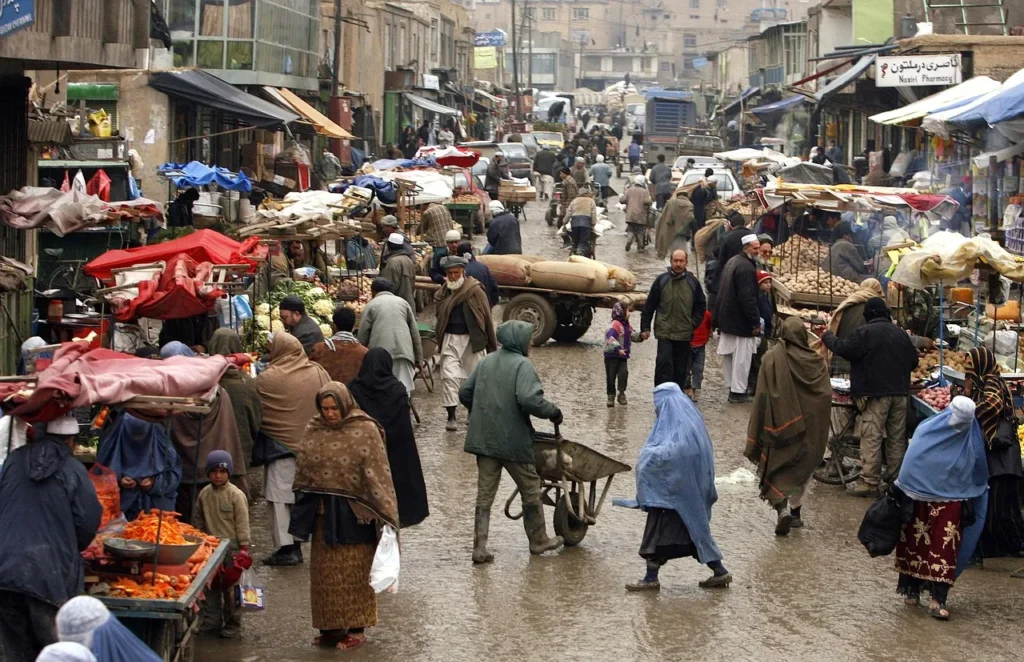 Город Афганистан: фото Needpix
Город Афганистан: фото NeedpixРейтинг Афганистана на шестом месте отражает продолжающуюся нестабильность после возвращения Талибана к власти в августе 2021 года. В то время как прекращение активных боевых действий между коалиционными силами и талибами привело к сокращению некоторых форм насилия, при талибах возникли новые проблемы.
Подход талибов к управлению создал значительную внутреннюю напряженность. Что касается прав женщин и образование.
Исключение женщин из общественной жизни, включая запреты на образование и занятость, вызвало внутреннее сопротивление и международное осуждение.
Экономический коллапс после отказа от международной поддержки привел к повсеместной нищете и гуманитарным потребностям.
Проблемы безопасности сохраняются, несмотря на контроль талибов. ИГИЛ-К Продолжаются нападения, особенно на общины меньшинств и объекты талибов.
Позиция страны как центра международного терроризма по-прежнему вызывает озабоченность, в то время как крах демократических институтов устранил мирные механизмы политического участия и разрешения жалоб.
5 Йемен (оценка GPI: 3,262)
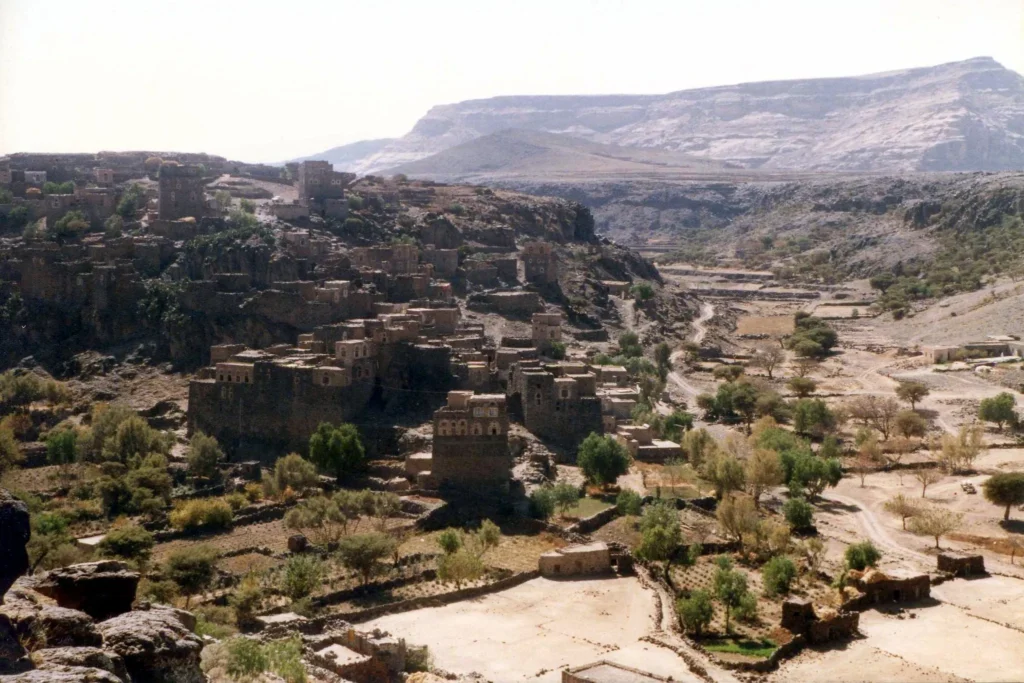 Йемен; Фото Needpix
Йемен; Фото NeedpixЙемен занимает пятое место среди наименее мирных стран, что отражает мнение многих. Худший гуманитарный кризис в мире. Конфликт, начавшийся в 2014 году, создал сложную сеть насилия с участием нескольких участников и привел к разрушительным последствиям для гражданского населения.
Война началась, когда повстанцы-хуситы, поддерживаемые Ираном, захватили контроль над столицей Саной и вынудили международно признанное правительство бежать.
Вмешательство коалиции во главе с Саудовской Аравией в 2015 году было направлено на восстановление правительства. эскалация конфликта Региональная прокси-война.
Боевые действия раздробили страну на несколько зон контроля, сделав невозможным единое управление.
Гуманитарная катастрофа в Йемене ошеломляет. По оценкам Организации Объединенных Наций, более 20 миллионов человек нуждаются в гуманитарной помощи из-за широко распространенной нехватки продовольствия и вспышек заболеваний.
4. Демократическая Республика Конго (GPI Score: 3.292)
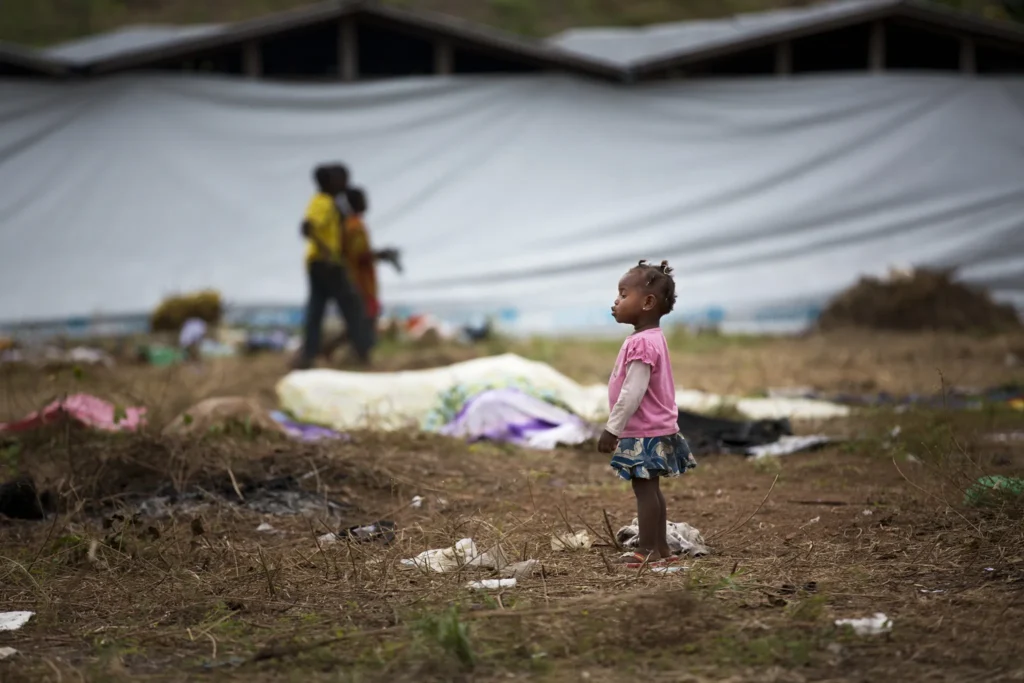 Демократическая Республика Конго (ДРК); Фото ООН | Flickr
Демократическая Республика Конго (ДРК); Фото ООН | FlickrДемократическая Республика Конго занимает четвертое место среди наименее мирных стран, отражая десятилетия конфликтов, слабого управления и насилия, вызванного ресурсами.
Несмотря на огромные природные богатства, страна остается одной из самых бедных и нестабильных стран мира.
Восточные районы ДРК постоянно сталкиваются с конфликтами с участием многочисленных вооруженных групп, правительственных сил и международных миротворцев. Наличие ценных минералов, в том числе колтана и золота, вызвало конфликты, поскольку различные субъекты конкурируют за контроль над районами добычи.
Сексуальное насилие Она стала оружием войны в ДРК, жертвами которой ежегодно становятся тысячи женщин и детей. Разрушение правопорядка создало условия, в которых царит безнаказанность, что затрудняет защиту гражданских лиц или установление устойчивого мира.
3, Судан (оценка GPI: 3,323)
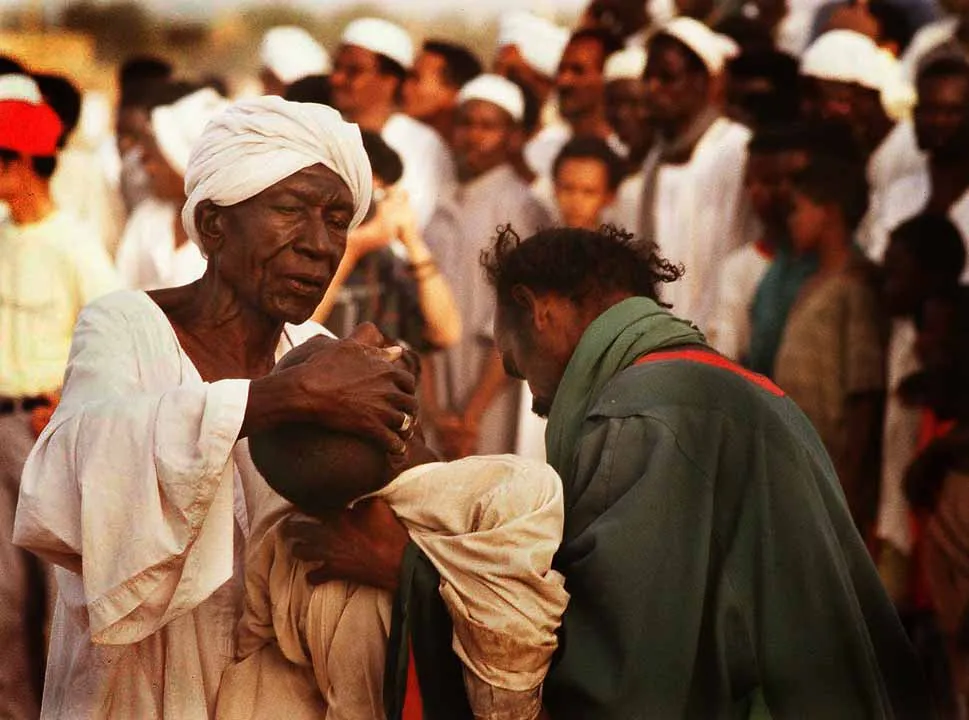 Суфийский ритуал в Судане: фото Википедия
Суфийский ритуал в Судане: фото ВикипедияСудан занимает третье место среди наименее мирных стран, что отражает продолжающуюся гражданскую войну, которая разразилась в апреле 2023 года между Суданскими вооруженными силами и Силами быстрой поддержки.
Нынешний конфликт привел к серьезному гуманитарному кризису, в результате которого миллионы внутренне перемещенных лиц и сотни тысяч бежали в соседние страны. Боевые действия особенно затронули городские районы, включая столицу Хартум, нарушив основные услуги и экономическую деятельность.
Проблемы Судана выходят за рамки нынешнего конфликта. Страна сталкивается с экономическим коллапсом, а инфляция и девальвация валюты делают основные товары недоступными для многих граждан. Этнические конфликты в регионах Дарфур и Южный Кордофан Они продолжают порождать насилие и перемещение.
2 Украина (GPI Score: 3.434)
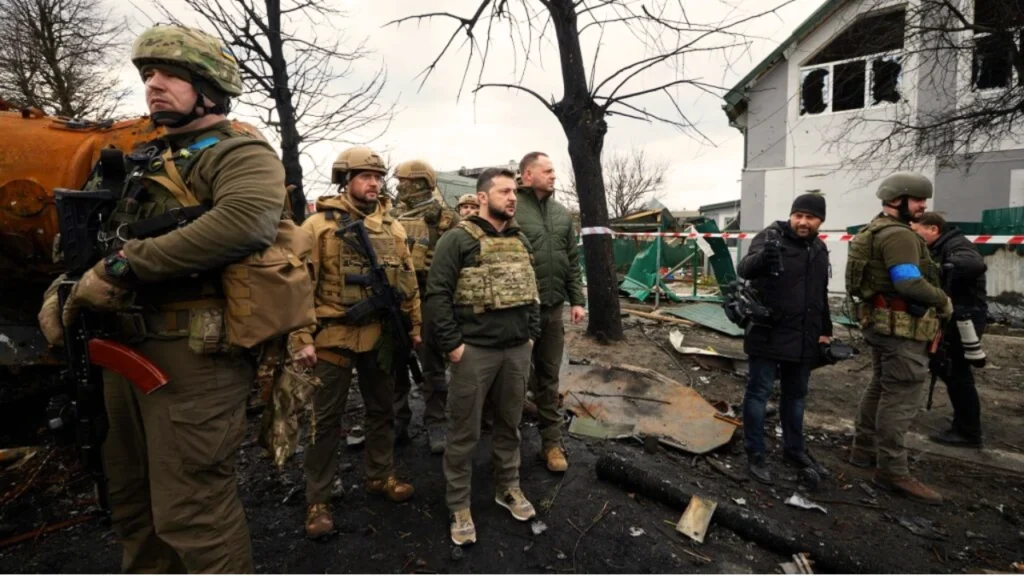 Изображение: War Room Army War College
Изображение: War Room Army War CollegeУкраина занимает второе место среди наименее мирных стран из-за продолжающейся войны с Россией, которая началась с полномасштабного вторжения в феврале 2022 года. Конфликт превратил Украину в Основное поле битвы между демократическими ценностями и авторитарной агрессией.
Война привела к крупнейшему кризису беженцев в Европе со времен Второй мировой войны, когда миллионы украинцев были перемещены внутри страны и на международном уровне. Нападения России на гражданскую инфраструктуру, включая энергосистемы, больницы и школы, нарушили международное гуманитарное право и привели к массовым страданиям.
Несмотря на огромную международную поддержку, Украина сталкивается с огромными проблемами в защите своей территории при сохранении демократического управления. Страна ввела военное положение, пытаясь сохранить демократические институты и гражданские свободы.
1 Россия (GPI Score: 3.441)
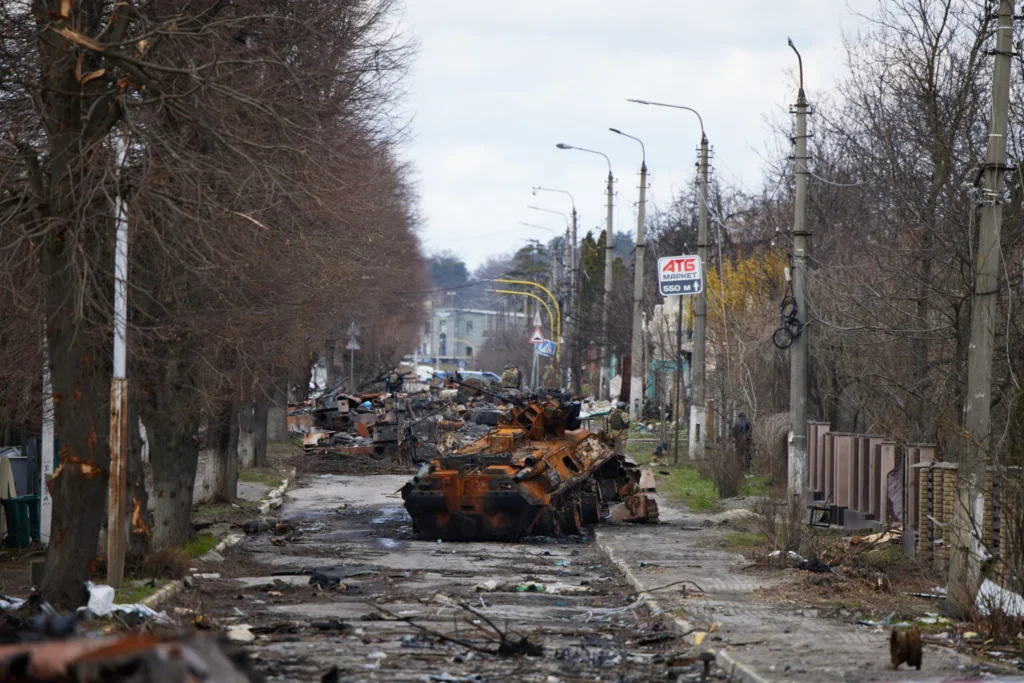 Россия заявляет о военных успехах на Украине - Фото-СтратНьюс
Россия заявляет о военных успехах на Украине - Фото-СтратНьюсРоссия возглавляет список наименее миролюбивых стран мира в 2025 году, впервые заняв эту позицию. Вторжение страны в Украину не только создало международный конфликт, но и трансформировало российское общество посредством милитаризации и авторитарного контроля.
Внутренняя ситуация в России значительно ухудшилась с начала вторжения. Правительство осуществляет все более репрессивные меры, криминализируя инакомыслие и оппозицию войне.
Международная изоляция, вызванная санкциями и дипломатическими бойкотами, имеет глубокие последствия для будущего России. Экономика страны сталкивается с долгосрочными проблемами, поскольку она становится все более зависимой от Китая и других авторитарных партнеров. Утечка мозгов образованных россиян, покидающих страну, представляет собой значительную потерю человеческого капитала, которая повлияет на развитие поколений.
 Фото: НАТО
Фото: НАТОНижняя линия
Индекс глобального мира 2025 года 10 показывает отрезвляющую реальность: в то время как некоторые страны наслаждаются роскошью обсуждения правил дорожного движения и налоговой политики, другие борются с экзистенциальными угрозами самому их выживанию.
Эти страны напоминают нам, что мир — это не просто благородное стремление, это практическая необходимость для процветания человечества. Возможно, остальной мир должен сделать заметки о том, что не следует делать, чтобы они не оказались в конкурентной борьбе за нежелательный титул «наименее мирной нации» в будущих рейтингах.
Оставайтесь с нами. Следуйте за нами в социальных сетях для последних обновлений.
Присоединяйтесь к нам в Telegram Group для последних обновлений авиации. Следуйте за нами в Google News
Самые густонаселенные страны мира в 2025 году No7 удивят Ты
Топ-10 наименее мирных стран мира в 2025 году No3 удивит Впервые появился на Aviation A2Z.



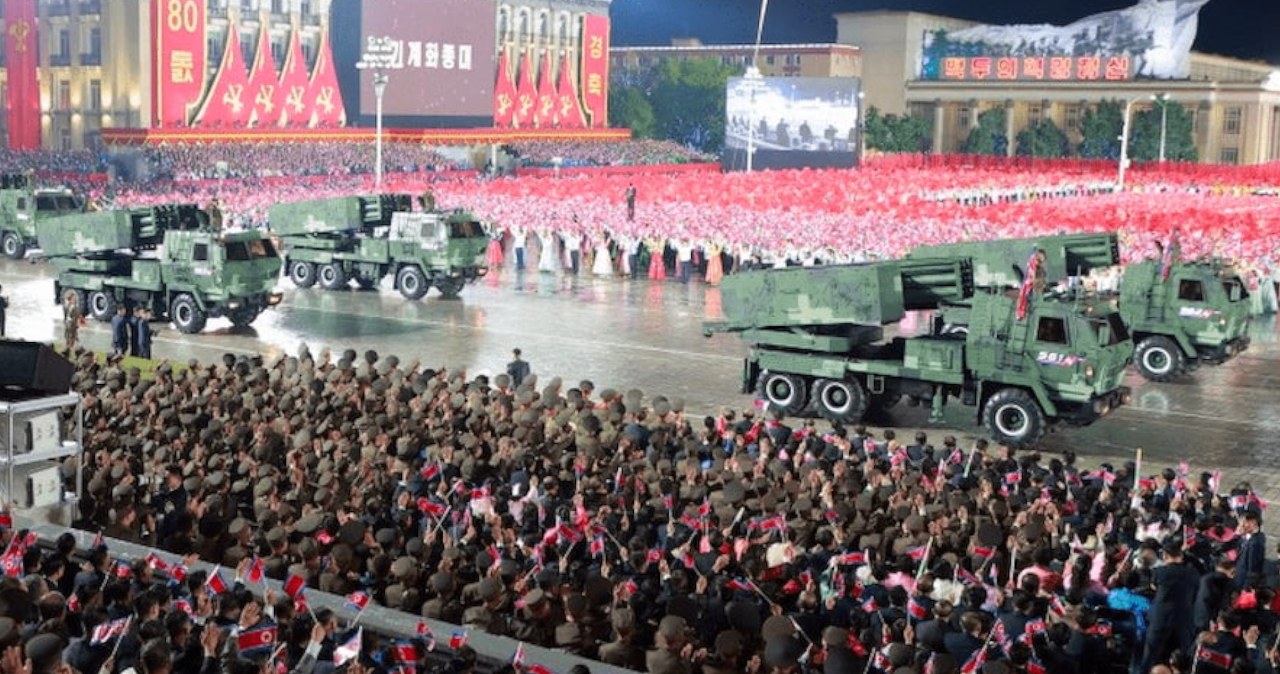





![A gdyby tak rzucić wszystko i wyjechać do Maroka… [zdjęcia]](https://tarnow.ikc.pl/wp-content/uploads/2025/10/ucieczka-do-tangeru-fot.-Artur-Gawle0001.jpg)



